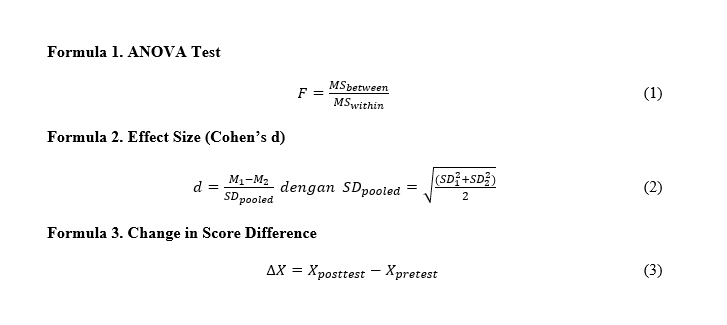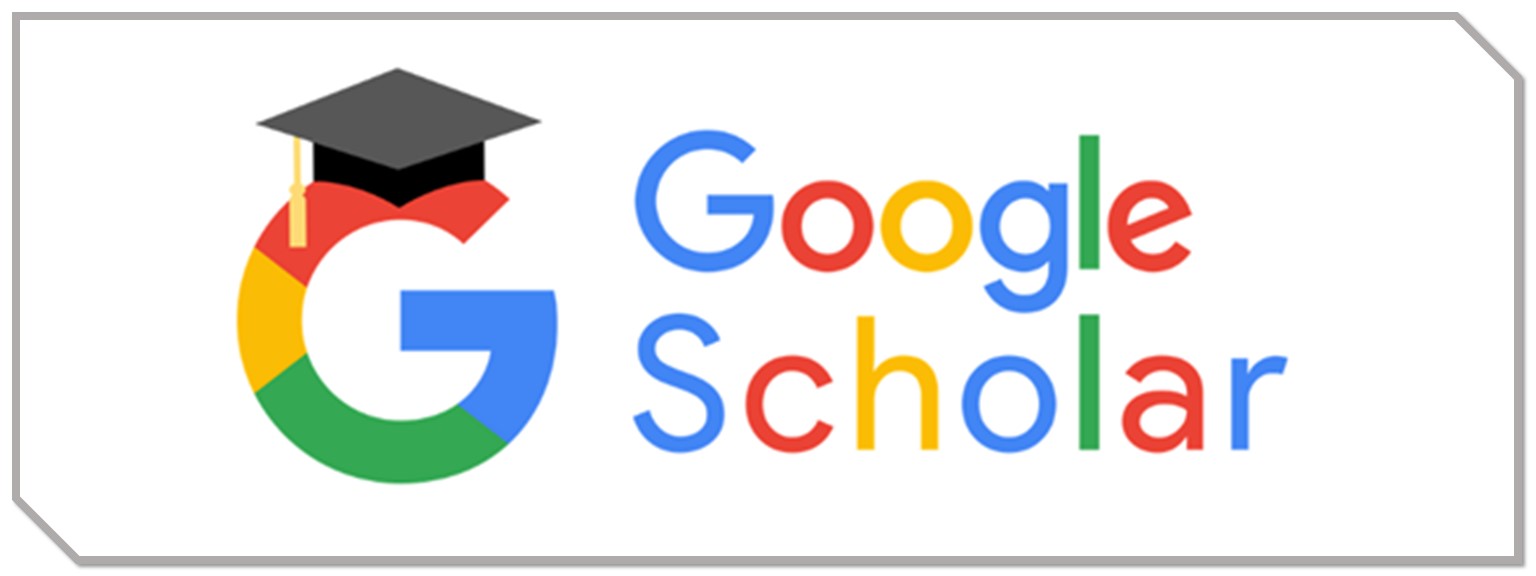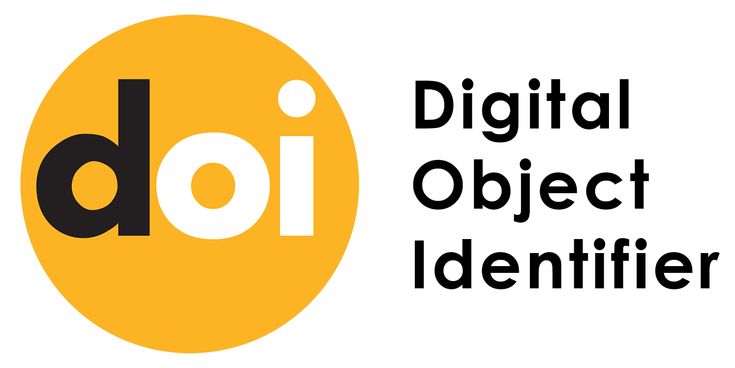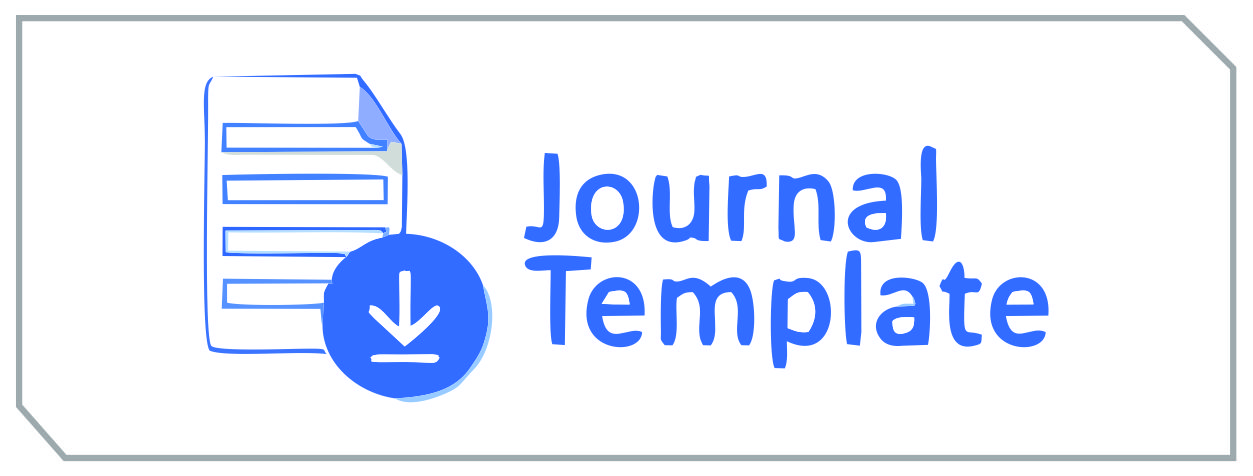Sustainable Storytelling in Digital Climate Campaigns: A Comparative Analysis of Visual Communication Strategies
DOI:
https://doi.org/10.51903/ijgd.v3i1.2792Keywords:
Visual storytelling, Climate change communication, Interactive infographics, Environmental awareness, Digital designAbstract
Climate change requires urgent and strategic communication efforts to inspire public awareness and behavioral change. This study investigates the comparative effectiveness of three visual storytelling strategies—data visualization, interactive infographics, and narrative illustration—on digital platforms in shaping public comprehension, emotional response, and behavioral intention regarding climate change. A pretest-posttest control group experiment was conducted involving 120 participants aged 18–35, randomly divided into four groups. Each experimental group was exposed to one of the three visual strategies, while the control group received text-based narratives. Measurement instruments included a 10-item comprehension test, the Positive and Negative Affect Schedule (PANAS), and a behavioral intention scale. Statistical analysis using one-way ANOVA and Tukey’s post-hoc test revealed significant differences (p < 0.01) among the groups. Interactive infographics consistently produced the highest gains in comprehension (+3.1), positive emotional response (+2.7), and behavioral intention (+3.4), followed by narrative illustrations. Data visualizations were most effective for cognitive understanding but less emotionally engaging. The findings support the Elaboration Likelihood Model by highlighting how different visual modalities engage both rational and affective pathways. This study contributes theoretically to affective computing and practically to climate communication design by recommending visual strategies tailored to maximize public engagement and sustainability impact. Future studies are encouraged to explore longitudinal effects and cultural contexts in environmental storytelling.
References
Abos, R. M., Taffe, S., Connory, J., Karunasena, G. G., & Pearson, D. (2024). Reducing food waste through persuasive communication design: how data visualisation principles reinforce behaviour change social marketing messages. Journal of Social Marketing, 14(3/4), 398–431. https://doi.org/10.1108/jsocm-07-2023-0156
Bhat, S. A., & Alyahya, S. (2024). Infographics in Educational Settings: A Literature Review. IEEE Access, 12, 1633–1649. https://doi.org/10.1109/access.2023.3348083
Boscarino, J. E. (2022). Is seeing believing? Comparing the influence of textual and visual policy narratives on public opinion. Politics and Policy, 50(4), 720–751. https://doi.org/10.1111/polp.12471
Castro, B., & Sen, R. (2022). Everyday Adaptation: Theorizing climate change adaptation in daily life. Global Environmental Change, 75, 102555. https://doi.org/10.1016/j.gloenvcha.2022.102555
Chen, Q., Cao, S., Wang, J., & Cao, N. (2024). How Does Automation Shape the Process of Narrative Visualization: A Survey of Tools. IEEE Transactions on Visualization and Computer Graphics, 30(8), 4429–4448. https://doi.org/10.1109/tvcg.2023.3261320
Chen, T., Li, X., & Duan, Y. (2024). The effects of cognitive dissonance and self-efficacy on short video discontinuous usage intention. Information Technology and People, 37(4), 1514–1539. https://doi.org/10.1108/itp-08-2022-0634
Duan, R., & Bombara, C. (2022). Visualizing climate change: the role of construal level, emotional valence, and visual literacy. Climatic Change, 170(1–2), 1–22. https://doi.org/10.1007/s10584-021-03291-x
Eberhard, K., & Eberhard, K. (2021). The effects of visualization on judgment and decision-making: a systematic literature review. Management Review Quarterly 2021 73:1, 73(1), 167–214. https://doi.org/10.1007/s11301-021-00235-8
Freistein, K., & Gadinger, F. (2022). Performing leadership: international politics through the lens of visual narrative analysis. Political Research Exchange, 4(1). https://doi.org/10.1080/2474736x.2022.2124922
Gandee, T. J., Glaze, S. C., & Giabbanelli, P. J. (2024). A Visual Analytics Environment for Navigating Large Conceptual Models by Leveraging Generative Artificial Intelligence. Mathematics 2024, Vol. 12, Page 1946, 12(13), 1946. https://doi.org/10.3390/math12131946
Getenet, S., & Tualaulelei, E. (2023). Using interactive technologies to enhance student engagement in higher education online learning. Journal of Digital Learning in Teacher Education, 39(4), 220–234. https://doi.org/10.1080/21532974.2023.2244597
León, B., Negredo, S., & Erviti, M. C. (2022). Social Engagement with climate change: principles for effective visual representation on social media. Climate Policy, 22(8), 976–992. https://doi.org/10.1080/14693062.2022.2077292
Ma, Z., & Yang, G. (2022). Show Me a Photo of the Character: Exploring the Interaction between Text and Visuals in Narrative Persuasion. Journal of Health Communication, 27(2), 125–133. https://doi.org/10.1080/10810730.2022.2065387
McKay, D. I. A., Staal, A., Abrams, J. F., Winkelmann, R., Sakschewski, B., Loriani, S., Fetzer, I., Cornell, S. E., Rockström, J., & Lenton, T. M. (2022). Exceeding 1.5°C global warming could trigger multiple climate tipping points. Science, 377(6611). https://doi.org/10.1126/science.abn7950
Meuschke, M., Garrison, L. A., Smit, N. N., Bach, B., Mittenentzwei, S., Weiß, V., Bruckner, S., Lawonn, K., & Preim, B. (2022). Narrative medical visualization to communicate disease data. Computers & Graphics, 107, 144–157. https://doi.org/10.1016/j.cag.2022.07.017
Mostajeran, F., Krzikawski, J., Steinicke, F., & Kühn, S. (2021). Effects of exposure to immersive videos and photo slideshows of forest and urban environments. Scientific Reports, 11(1), 1–14. https://doi.org/10.1038/s41598-021-83277-y
Mrkva, K., Cole, J. C., & Van Boven, L. (2021). Attention increases environmental risk perception. Journal of Experimental Psychology: General, 150(1), 83–102. https://doi.org/10.1037/xge0000772
Prihatmoko, S., & Setiyadi, T. (2024). Enhancing Public Awareness of the Designer Profession: Visual Communication Strategies in Instagram Campaigns. International Journal of Graphic Design, 2(2), 179–194. https://doi.org/10.51903/ijgd.v2i2.2113
Purhita, E. J., & Rudjiono, D. (2024). Evaluating the Effectiveness of Interactive Multimedia in Boosting Brand Equity: A Case Study of Visual Communication Design Programs. International Journal of Graphic Design, 2(2), 144–160. https://doi.org/10.51903/ijgd.v2i2.2109
Shahab, M. H., Ghazali, E., & Mohtar, M. (2021). The role of elaboration likelihood model in consumer behaviour research and its extension to new technologies: A review and future research agenda. International Journal of Consumer Studies, 45(4), 664–689. https://doi.org/10.1111/ijcs.12658
Shin, S. Y. (2022). News Media Image: A Typology of Audience Perspectives. Journalism and Communication Monographs, 24(2), 80–140. https://doi.org/10.1177/15226379221092019
Teeny, J. D., Siev, J. J., Briñol, P., & Petty, R. E. (2021). A Review and Conceptual Framework for Understanding Personalized Matching Effects in Persuasion. Journal of Consumer Psychology, 31(2), 382–414. https://doi.org/10.1002/jcpy.1198
Terren, L., & Borge, R. (2021). Echo chambers on social media: a systematic review of the literature. Review of Communication Research, 9, 1–39. https://doi.org/10.12840/issn.2255-4165.028
Vu, H. T., Blomberg, M., Seo, H., Liu, Y., Shayesteh, F., & Do, H. V. (2021). Social Media and Environmental Activism: Framing Climate Change on Facebook by Global NGOs. Science Communication, 43(1), 91–115. https://doi.org/10.1177/1075547020971644
Wadoux, A. M. J. C., Walvoort, D. J. J., & Brus, D. J. (2022). An integrated approach for the evaluation of quantitative soil maps through Taylor and solar diagrams. Geoderma, 405, 115332. https://doi.org/10.1016/j.geoderma.2021.115332
Zeng, Z., Zhong, W., & Naz, S. (2023). Can Environmental Knowledge and Risk Perception Make a Difference? The Role of Environmental Concern and Pro-Environmental Behavior in Fostering Sustainable Consumption Behavior. Sustainability 2023, Vol. 15, Page 4791, 15(6), 4791. https://doi.org/10.3390/su15064791

Downloads
Published
Issue
Section
License
Copyright (c) 2025 International Journal of Graphic Design

This work is licensed under a Creative Commons Attribution-ShareAlike 4.0 International License.
This work is licensed under a Creative Commons Attribution-ShareAlike 4.0 International License (CC BY-SA 4.0).
This license allows others to copy, distribute, display, and perform the work, and derivative works based upon it, for both commercial and non-commercial purposes, as long as they credit the original author(s) and license their new creations under identical terms.
Licensed under CC BY-SA 4.0: https://creativecommons.org/licenses/by-sa/4.0/











5.png)

